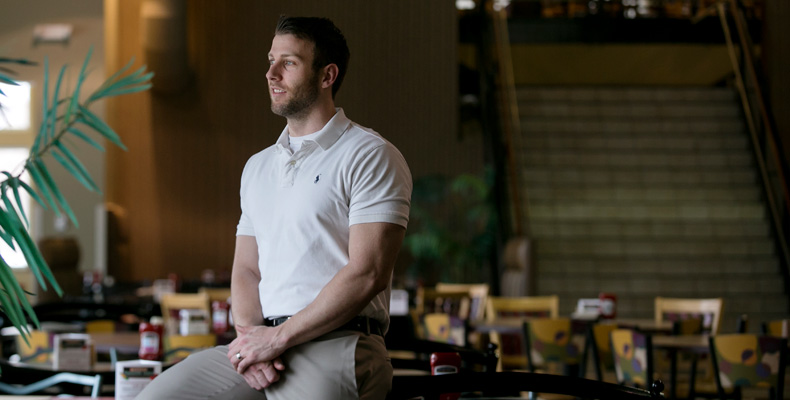
Michael Wuest, a Missouri S&T business graduate, is the marketing manager of the University of Missouri-Columbia Campus Dining Services. Photo by Sam O’Keefe
Feeding a college student is hard work. Feeding thousands of them every day is even harder. With various allergies, dietary restrictions and personal preferences, college students are arguably among the pickiest of eaters, says Michael Wuest.
Wuest, who holds a bachelor’s degree in business and an MBA from Missouri S&T, is responsible for pleasing the palates of thousands of college students every day. As the marketing manager of the University of Missouri-Columbia Campus Dining Services, he knows how hard it is to find and implement dining options that students will like.
Wuest and his team serve over 4 million meals a year. They accommodate all the needs and preferences of each student through options — lots of them.
“Every restaurant has at least one vegetarian option, and other dining options have gluten-free meals,” says Wuest, who got his start in the food service business as marketing manager for Chartwells on the S&T campus. “Both standard facilities and specific restaurants have those options.”
When choosing new dining options and locales, Wuest takes everything from student feedback and historical data to traffic flow patterns and upcoming construction into account — all while staying innovative and on top of current trends.
“The biggest component of our success is open communication with our primary customers — the students — and providing the options they want when we know it’s a good fit,” he says.
With so many choices, it is hard to ensure quality and consistency and eliminate waste. Wuest says batch cooking solves all three problems.
“We know how many students will come in during a certain time, and we know roughly how much we can make in a certain amount of time,” Wuest says. “During our busiest times, we make 10 to 30 servings of a food item at a time, and when there are only a certain number of servings left, we make more.”
Wuest says that cooking in batches does not involve taking frozen food from a box and putting it in the oven.
“Campus dining is not ‘plop and slop,’” he says. “Dining programs nationwide … are returning to the traditional way of cooking by making the majority of our food in-house from scratch.”
In addition to prioritizing quality, cutting waste and implementing from-scratch cooking, Wuest stays on top of major trends in campus dining systems.
“The big three things on everyone’s radar are regional and ethnic cuisines, sensitivity to special dietary needs and having facilities that allow students to order what they want,” Wuest says. “The all-you-care-to-eat system of the past is going away.”
Wuest and his team are sure they will please the palates of nearly every student.
“People will pay for the food they enjoy,” Wuest says. “So, as long as we have the right quality, service and value, we will accomplish our mission.”
Adapted from the Spring 2015 issue of Missouri S&T Magazine.
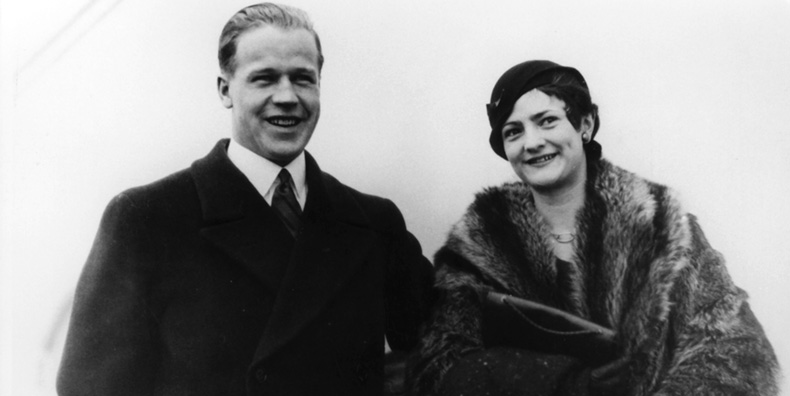
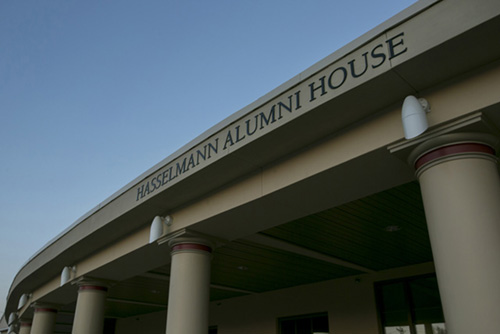

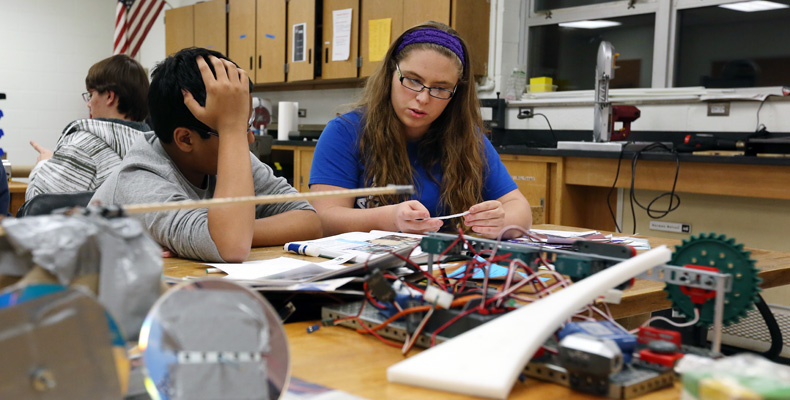
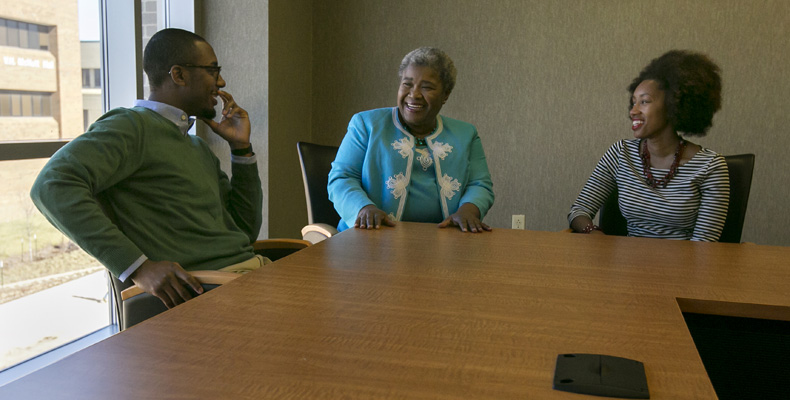
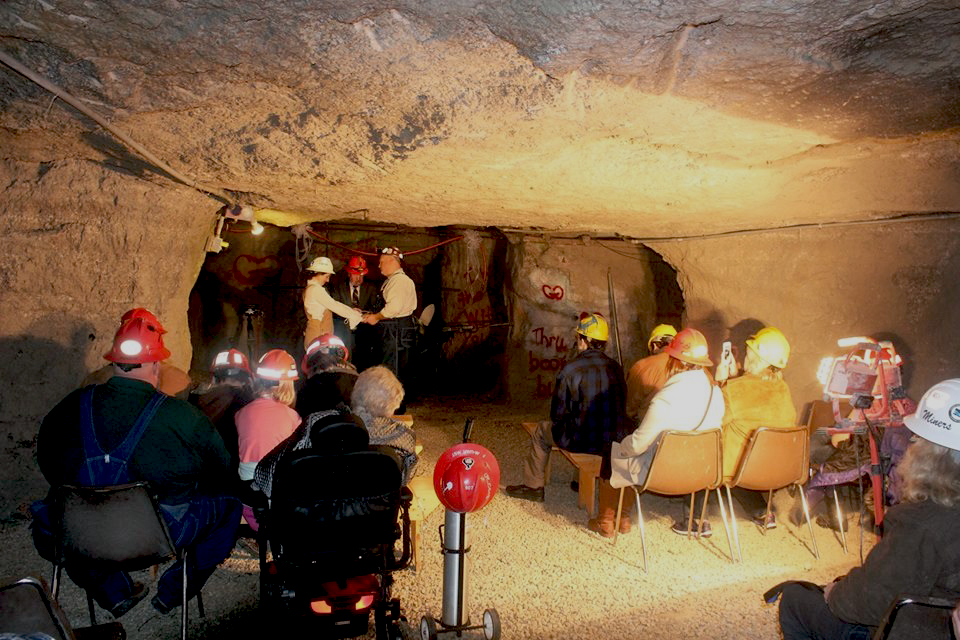
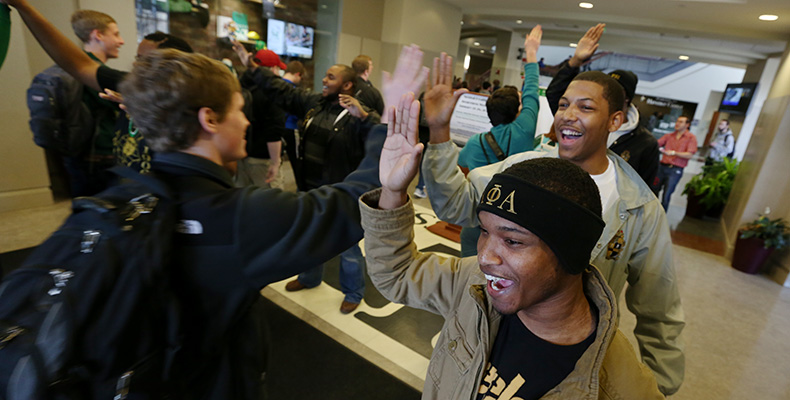
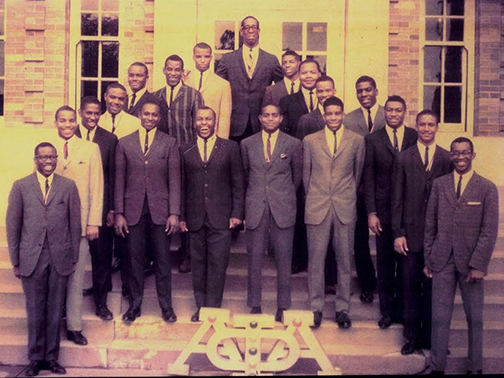

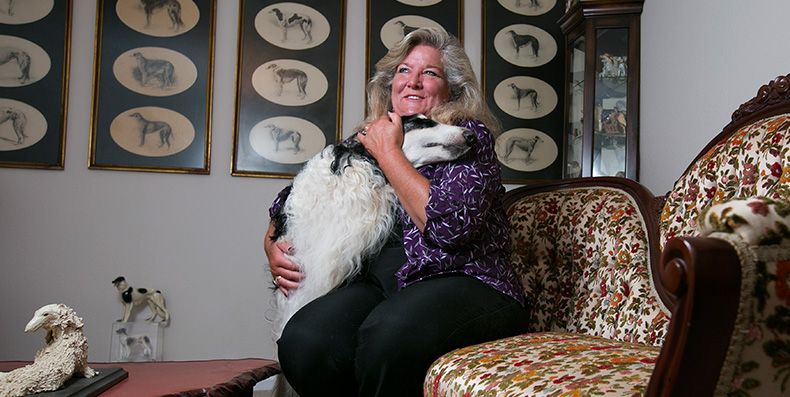
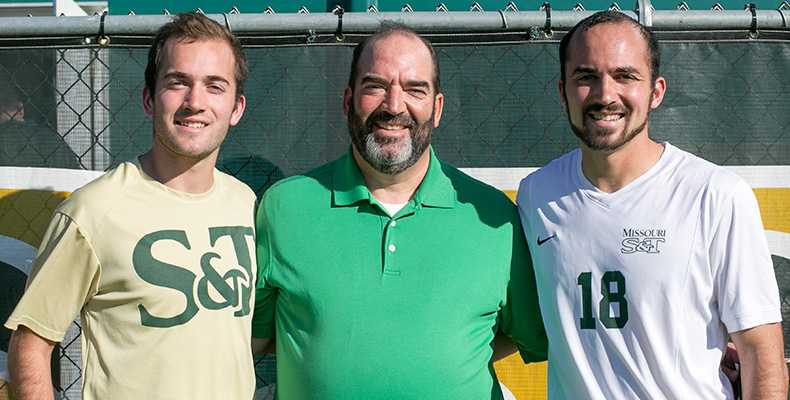

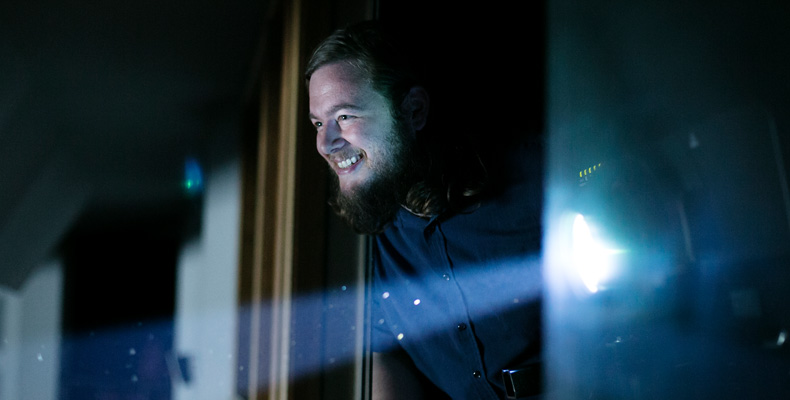
Recent Comments